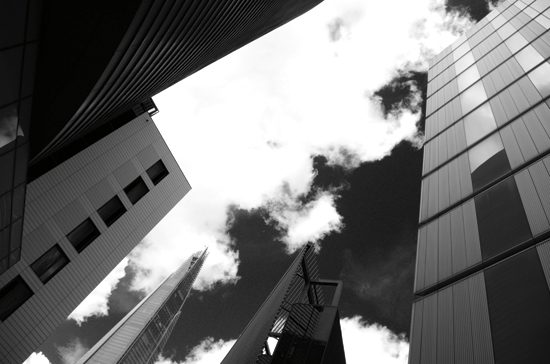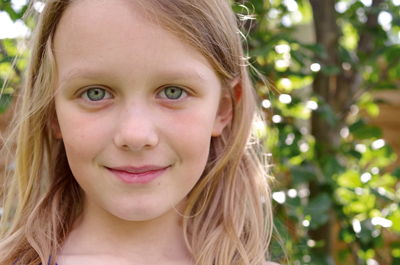White balance and colour

Image: There are colour filter effects in the monochrome colour mode, including one for infrared, which is shown in this image. The effect is applied well in sky areas, but it is less convincing when applied to foliage
It is easy to choose between the different colour modes and white balance settings. In the custom image colour mode, there are 11 options, including natural, cross-processing and monochrome, all of which can be adjusted for saturation, hue, high/low key, contrast and sharpness. In the black & white mode, a filter effect can be applied, which includes green, red and a (mildly convincing) infrared effect.
Similarly, all the white balance settings – AWB plus 10 presets including four fluorescent light settings – can be adjusted for hue, while Kelvin and manual settings are available with space for three further saved settings. Any changes to the colour can be checked for the current scene by pressing the raw/fx button for an on-screen preview image – a truly handy feature.
With the camera set to its standard (natural) colour mode, there is little need for colour adjustments post-capture. Greens in landscapes are pleasant, and vibrant colours are kept true without overdoing the saturation. Having used all the colour modes for various scenes, I was happy to stick with the natural colour mode, except when experimenting with the black & white mode and digital filter effects.

That said, most of the black & white effects can be applied post-capture.
Tonal detail can be lost in vibrant red subjects during JPEG compression, but otherwise the main differences between JPEG files and uncompressed raw files is the brightness of midtones – JPEGs are more vibrant, without compromising a faithful representation of the colours.
Image: In this unedited JPEG file, shot using AWB, skin tones are a touch on the cyan side




